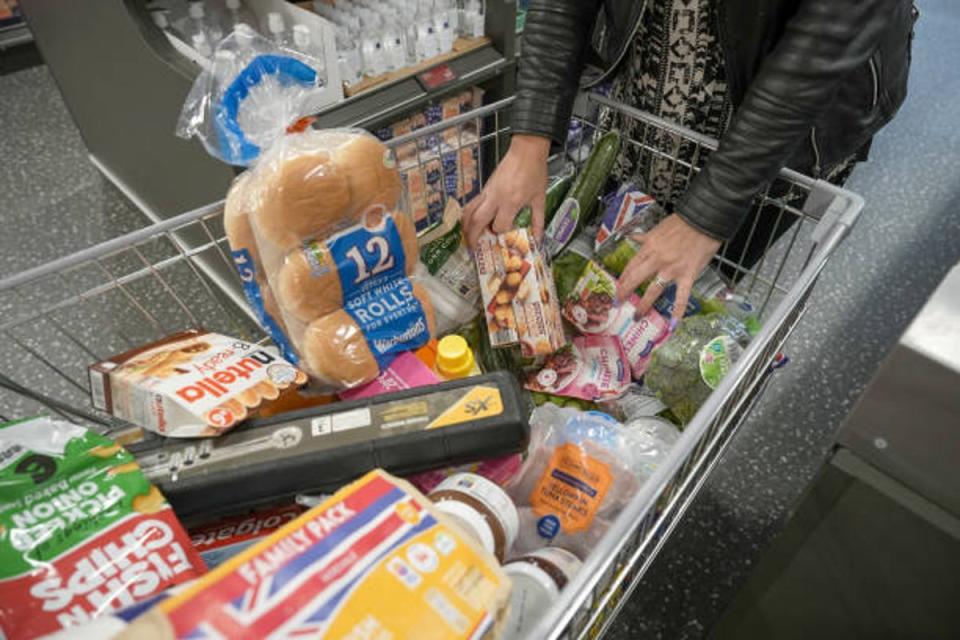Aldi and Lidl grab the supermarket Christmas crown

Almost one pound in six spent in supermarkets in the run up to Christmas went to the German discounter twins Aldi and Lidl as the cost of living crisis sent shoppers seeking out cut price groceries in their droves, new figures reveal today.
In the 12 weeks to Christmas Day the two companies had a record combined market share of 16.3% - ahead of the number two chain Sainsbury’s - as sales passed £5.5 billion, according to latest data from market researchers Kantar.
The data shows Aldi sales surging by 27% on the previous year to reach a market share of 9.1%, while Lidl’s revenues were 23.9% up giving it a share of 7.2%.
Yesterday Aldi, which has more than 900 stores, pledged to offer the lowest prices to shoppers throughout 20223 “no matter what.”
The relentless rise of Aldi and Lidl came as food inflation remained stubbornly high at 14.4% in December down only slightly on the 14.6% recorded in November.
Kantar’s data comes ahead of Christmas trading updates from the main traditional supermarkets over the coming days. It showed that while total grocery sales rung through the tills reached £12.6 billion in the four week to Christmas Day - the first time the total has passed £12 billion - the volume of “stuff” bought dipped 1%.
Fraser McKevitt, Kantar’s head of retail and consumer insight at Kantar, comments: “Monthly grocery sales were a whopping £1.1 billion higher in December versus last year, breaching the £12 billion mark for the first time. Value sales are up significantly but grocery price inflation is the real driving factor behind this rather than increased purchasing.
“If we look at the amount people bought this period, sales measured by volume are actually down by 1% year-on-year, showing the challenges shoppers are facing.
“This story played out across the traditional Christmas categories. For example, value sales of mince pies soared by 19% but volume purchases barely increased at all. Christmas puddings were popular, growing by 16% in value and 6% in volume terms. Brussels sprouts were off the menu for some households as the proportion buying them fell to 45% from 48%.
“The FIFA men’s World Cup was a boost for the take-home beer market. England’s quarter final match against France on 10 December saw sales hit their biggest daily takings of the year, surpassed only by the Friday and Saturday before Christmas as people stocked up on festive drinks.”
Consumers continued to trade down to supermarkets’ own label products where sales rose by 13.3%, well ahead of a 4.7% increase in branded lines.
McKevitt added: “The British supermarket sector is more competitive than ever and the grocers are keen to retain customers by offering their own festive alternatives. This has included an emphasis on premium own label products, giving consumers a way to treat themselves this Christmas. These lines always do well at this time of year and this festive period was no exception with sales growing by 10.2% to hit more than £700 million for the first time. Tesco’s Finest range remains the single largest premium own label line by some distance, while Aldi and Lidl were the biggest contributors to the premium own label sector’s overall growth in 2022.”
Friday 23 December was the most popular shopping day of the year, with more than half of the nation’s households going to stores or receiving a delivery on that day.
The online grocery sector saw itsw overall market share nudge down by 0.6 percentage points to 11.6%.

 Yahoo Finance
Yahoo Finance 